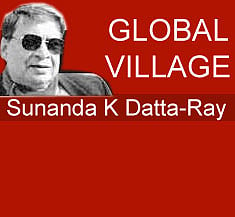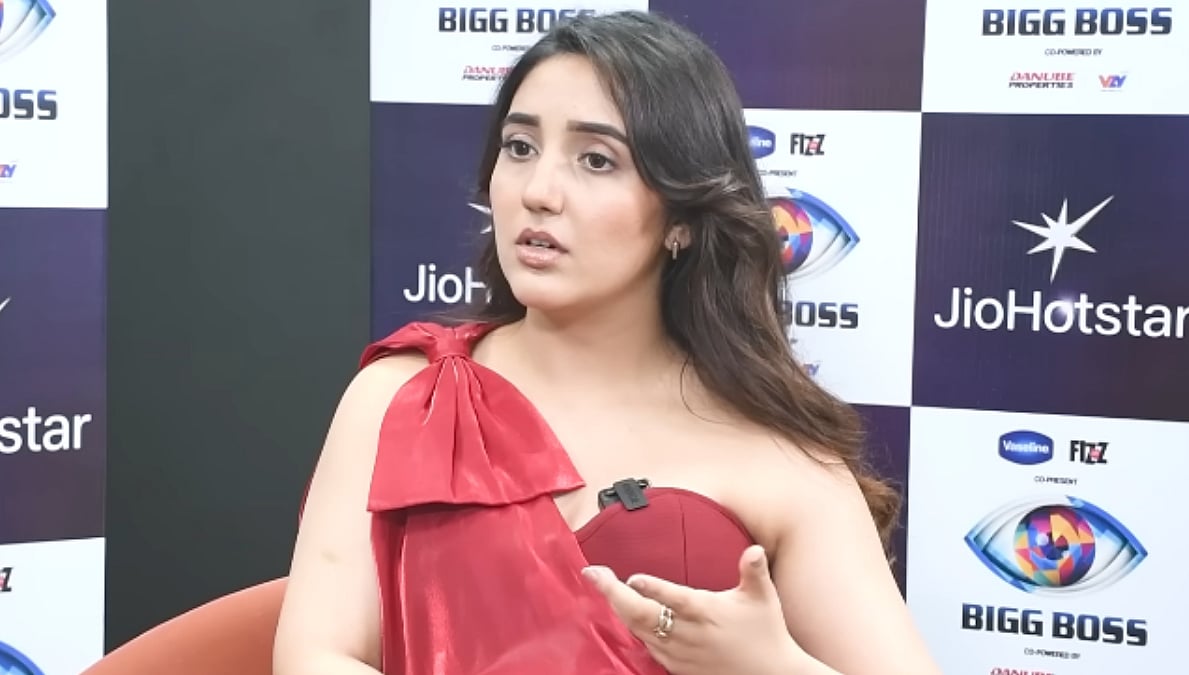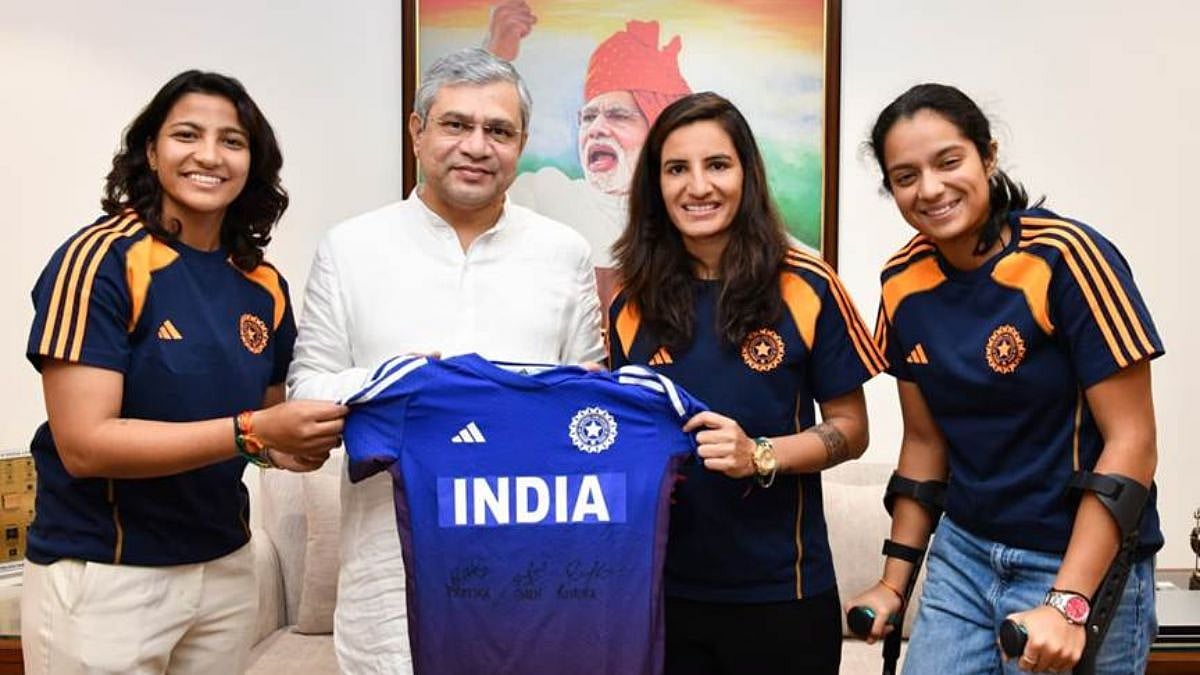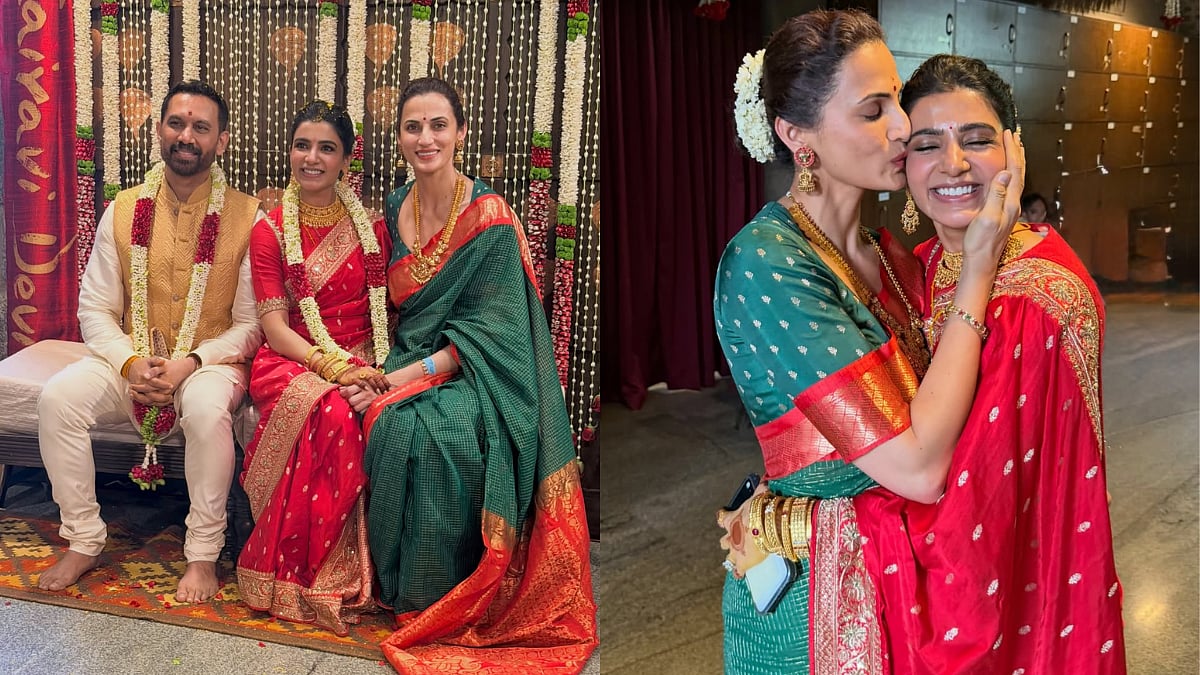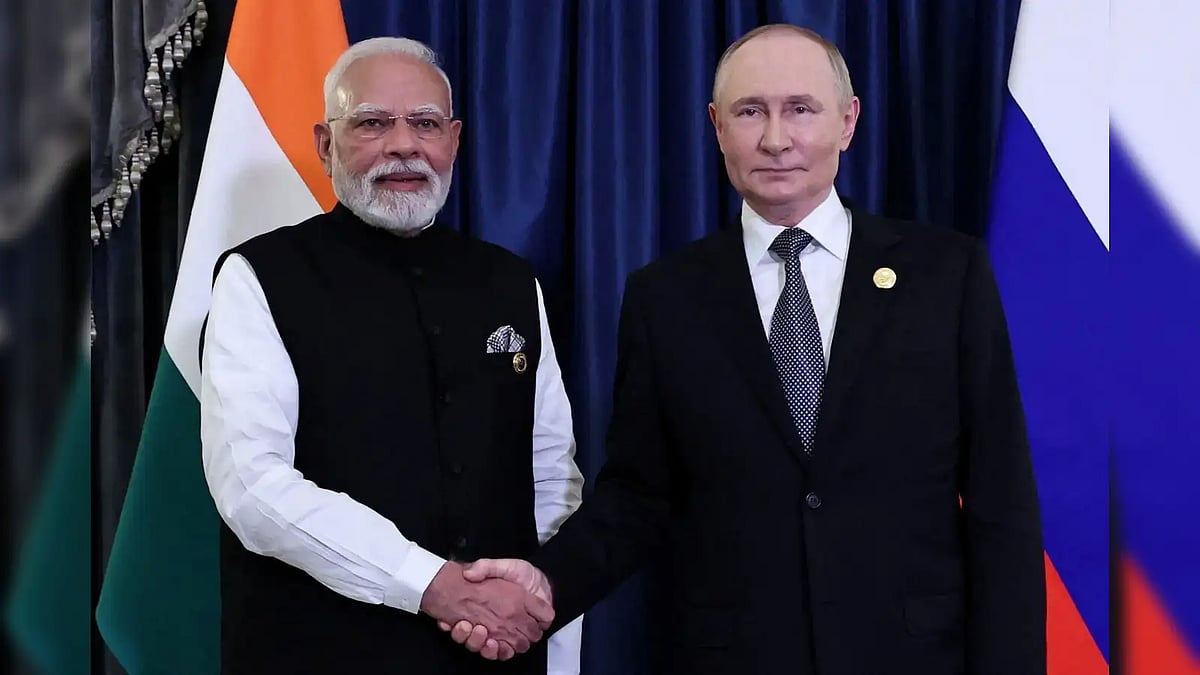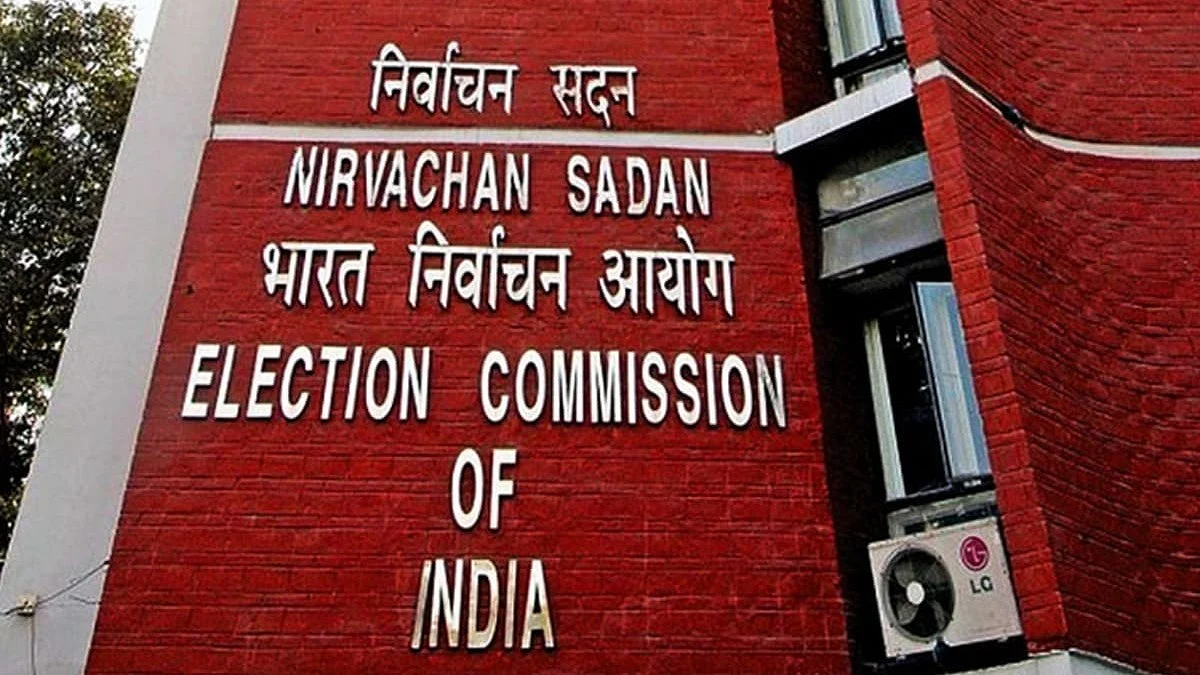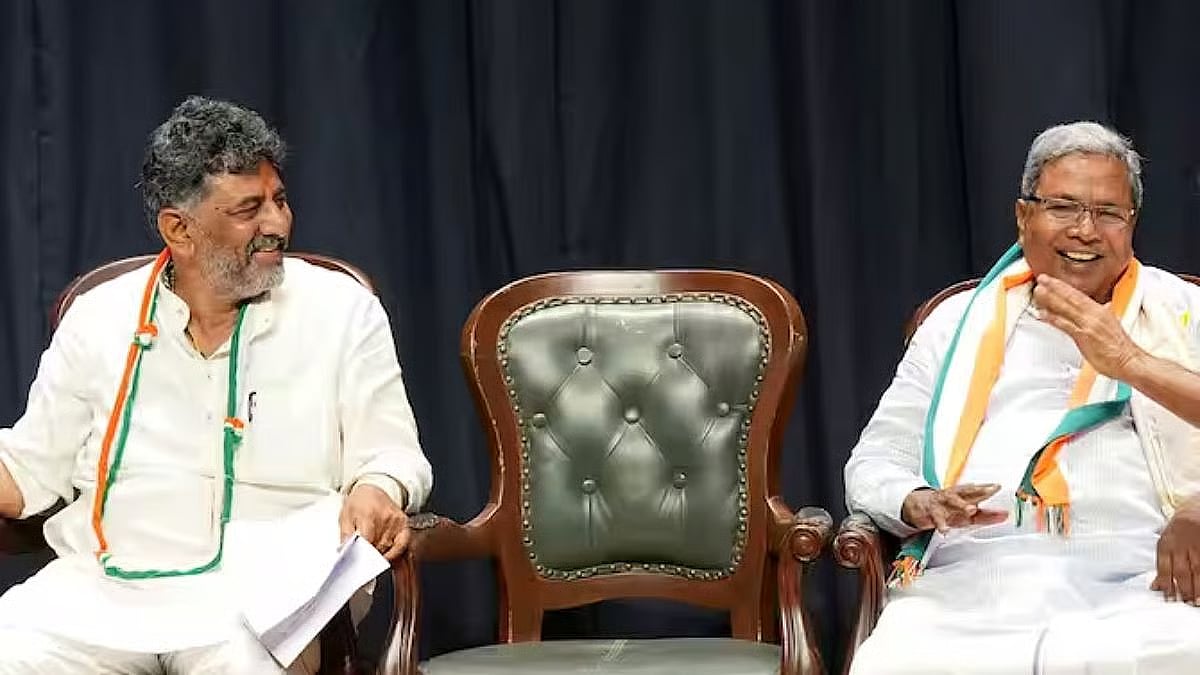Mamata Banerjee’s triumphant second coming represents the victory of class over caste. Politics has stood the caste hierarchy on its head so that a lesser (in the socio-economic sense) class has again proved more popular than the highest (in the orthodox hierarchical sense) caste. The majority of Bengali voters identified with the Trinamool Congress leader not because of her high caste but because of her modest social class.
She told Bengali voters at a rally in Jalpaiguri on March 18, “I am the candidate in all 294 seats, and I request you to vote for me.” So they did. The votes were not for any of her lieutenants. They were all for her. As an idol of the people who happens to be high caste, she should be the Communist ideal. But she and they hate each other like poison.
THE two words most commonly used in clubs and drawing rooms about Mamata’s taste are “vulgar” and “common”.
Born of Bandopadhyay – Banerjee is only a modern abbreviation of a hallowed Brahmin surname – parents, she proves that caste is not class in India. Ms Banerjee may not be a Dalit like Mayawati in Uttar Pradesh, but upper, and even middle, class Bengalis do not regard her as one of themselves. Their differentiation is reflected in jokes, cartoons and ordinary conversation. This disdain recalls the comment of a high-ranking Bihar functionary on another paradox during the Mithila agitation for separate statehood. “Maithili Brahmins may have been highly educated in ancient times” he said, “but what are they in modern India? Most are cooks in Bengali households!”
Actually, Brahmins span the socio-economic spectrum. The mass of poorer, less educated Bengali Brahmins may find a living as domestic cooks or temple attendants. But Somnath Chatterjee, the Marxist (until the CPI(M) expelled him) barrister and Lok Sabha Speaker, is indisputably upper middle class. His father, N C Chatterjee, also a barrister and a politician with Hindutva leanings but without affiliation though supported by the Left, was a very rich man with valuable properties in Calcutta.
Ms Banerjee’s predecessor as chief minister, Buddhadeb Bhattacharjee, is also a Brahmin but from a less moneyed, although educated, background than Mr Chatterjee. His predecessor, the late Jyoti Basu, was certainly upper middle class, a London-trained barrister like Mr Chatterjee and the son of a successful doctor who also owned property in Calcutta. Basu was a Kayastha. His predecessor, Siddhartha Shankar Ray, West Bengal’s last Congress chief minister, belonged to the highly respected Vaidya caste, which claims to be a Brahmin sub-sect. So did the incumbent before him, Prafulla Chandra Sen.
West Bengal’s first chief minister after independence, Prafulla Chandra Ghosh, was a Kayastha like Basu, as was his revered successor, Dr Bidhan Chandra Roy. In between, there was the short-lived United Front chief minister, Ajoy Mukherjee, a Brahmin. Brahmins, Vaidyas and Kayasthas are all dwija, or twice-born, the bhadralok (literally “gentleman”) castes. Although West Bengal does not appear to be as caste-ridden as Bihar or Uttar Pradesh, and although it has never boasted an equivalent of Tamil Nadu’s anti-caste Justice Party or Dravida Kazhagam, it has never had a Dalit chief minister like Ms Mayawati. Even membership of the West Bengal legislature was for many years the preserve of the three upper castes, although this is now changing.
What seems to set apart one Brahmin from another is not just property but how long the family has owned it. Education is the constant since all the Brahmins discussed here – except, perhaps, Ms Banerjee’s family – went to university.
The “depressed” (for want of a more appropriate word) Brahmin is not unique to West Bengal and Bihar. When Morarji Desai’s Janata Party government sent B P Mandal to Karnataka to “identify the socially or educationally backward”, a particular sect of Brahmins asked for inclusion in the Other Backward Class category. In 1991, P V Narasimha Rao’s Congress government at the Centre introduced 10 per cent separate reservation for such poor people among the forward castes. In 2006 Kerala’s Communist government earmarked 12 per cent of the seats in private professional colleges for the same group.
A Karnataka minister’s claim in the state assembly last year that the per capita income of Brahmins is less than that of all other communities, including the Scheduled Castes and Scheduled Tribes, prompted the newspaper headline, “Are Brahmins the Dalits of today?” This may be an exaggeration but it is undeniable that a significant percentage of the forward caste population does live below the poverty line. More than 30 per cent of them are illiterate.
Ms Banerjee doesn’t need to cultivate the common touch. She operates on the basis of the class divide. What the premier English-language newspaper of Calcutta, The Statesman, said mattered to Roy, Ray and Basu. Not to Ms Banerjee. And not only because The Statesman has practically disappeared, she is totally uninterested in the hostility of The Telegraph, the English-language daily published by the Bengali Ananda Bazar Patrika group, which fancies itself as The Statesman’s successor. With her unerring finger on the public pulse, she knows the social balance has shifted. Reading, especially in English, is a dying habit. Television is more dynamic than the print media. Entertainment matters more than information.
A front page story in The Telegraph on the eve of the assembly elections quoted an unnamed CPI(M) supporter as saying, “From B C Roy to Buddhadeb Bhattacharjee, our leaders were of a certain standard. Bengal was known for its culture. Now we have fallen…” Another CPI(M) man is supposed to have said, “I feel ashamed that Mamata Banerjee is our chief minister.” The author claimed that “many people” harped on the sharp decline in “values” and “culture” during the five years of Ms Banerjee’s first chief ministership, despite her addiction to Rabindranath Tagore’s songs which are blared out from loudspeakers at Calcutta street corners.
The two words most commonly used in clubs and drawing rooms about her taste are “vulgar” and “common”. It’s vulgar to paint the city bright blue and white. It’s vulgar to build replicas of London’s Big Ben and the Parisian Eiffel Tower. It was common to create scenes in the Lok Sabha. It’s common to court Bollywood and Tollywood actors. It’s common to wrap a white cotton saree round her. It’s common to pad around in rubber slippers. It was common to belittle a rape in Calcutta’s Park Street as a “sajano ghotona” or staged incident. Her English is barely understandable. Her Bengali accent is distinctly plebeian.
That is the censorious voice of the upper middle classes. No doubt it would have been just as mocking if she had dyed and set her hair and worn socks like Ms Mayawati, or draped herself in silken capes like Jayalalithaa. She eschews the example set by two other women politicians – Orissa’s Nandini Satpathy, and Tarakeshwari Sinha in Bihar – who tried to look like fashion models. She is studiously herself, and that is her winning card. She is West Bengal’s first chief minister to be of and for the masses.
